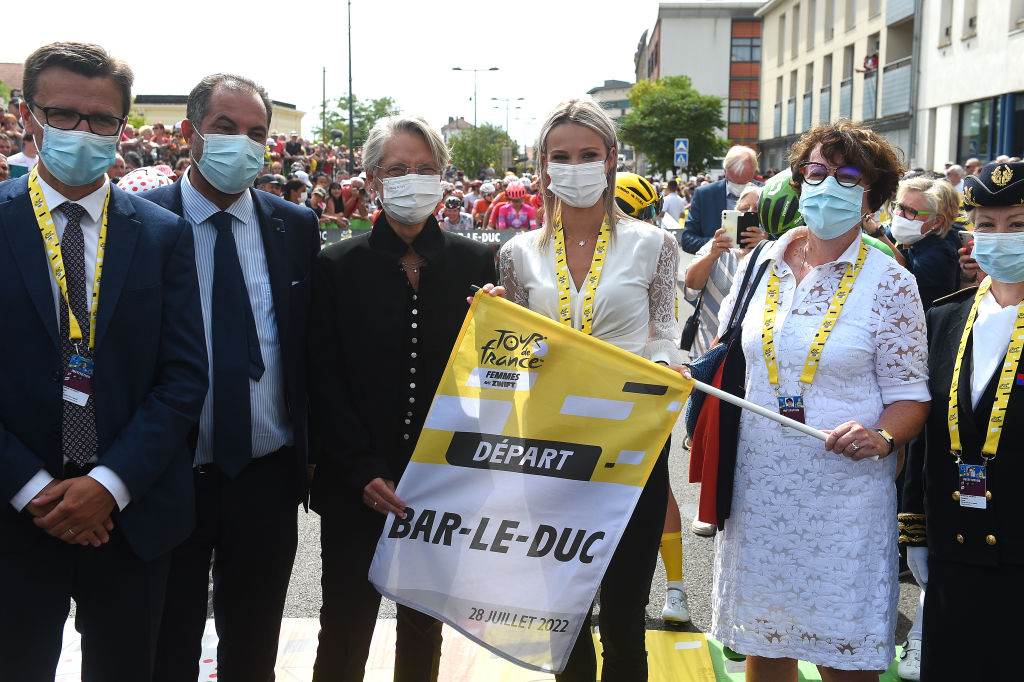Gastro Guide to the Tour, Stage 8: Dole to Lausanne
 Raclette has been a favourite dish in the area for many years. (Getty Images)
Raclette has been a favourite dish in the area for many years. (Getty Images)
The stage starts in Franche-Comté, a historical region of France that derives its name from Franche Comté de Bourgogne, the Free County of Burgundy, which separated from the kingdom of Burgundy in the 16th century. It now covers four departments that are on or close to the border with Switzerland, including Jura, where Dole is located. This area is also the home of Comté cheese, which has the biggest production of all French AOP (status-protected) cheeses. Produced using milk mainly from Montbéliarde or French Simmental cows, it’s a hard Alpine variety that’s quite like Swiss Gruyère and, like that cheese, is often melted to create a fondue.
If you like your cheeses to be softer, Morbier is the most renowned in Franche-Comté. It takes its name from the village of Morbier that lies close to the Jura ski resort of Les Rousses, which lies just to the west of today’s stage route. Sticky and ivory-coloured, it’s immediately recognisable for the thin black line through its middle. This was traditionally created by a layer of ash that producers laid across it to preserve it overnight, before adding another layer of cheese the following day. They now use edible vegetable ash to create this distinctive feature.
With cheese, there should be wine, and this region produces two unusual ones. Made using the Savagnin grape, vin jaune has a look and taste similar to fino (dry) sherry, although it’s not a fortified wine. It’s put in barrels and its surface is covered with a film of yeast known as the voile (cover). Left to mature for six years and three months precisely, it takes on its characteristic yellow colour and nutty flavour. By that point around 62 percent of the wine remains, and it’s then bottled in squat 62cl bottles known as clavelins.
Jura winemakers are among a small number around the world that produce vin de paille, or straw wine. Traditionally, the Chardonnay and Savagnin white grapes and the Poulsard red grape used in vin de paille were laid outdoors on straw mats for up to three months in order to concentrate their juice. Plastic nets tend to be used these days, with the drying process shortened to a week or so. Vin de paille is often served as an accompaniment to foie gras or locally produced cheeses.
In the French-speaking Vaud region of Lausanne, the winter chill is held off with a variety of stews and meat dishes. Arguably the most renowned is papet vaudois, made with Vaud sausage, leeks and potatoes. Fondue is also popular and tends to be produced with Gruyère cheese that comes from the town of Gruyères, in the mountains to the east of Lausanne. Raclette also features hot, runny cheese, which is heated up over a fire or, more usually nowadays, a special raclette oven that’s placed on a diner’s table. When melted, the cheese is scraped up (racler is the Swiss French word for “scrape”) and laid across potatoes and is served with gherkins and pickled onions.
Enjoy this story? Follow Stelvio's coverage of the 2022 Tour de France online and pick up issue 1 of Stelvio magazine, a Tour de France special – subscribe or buy issue 1 at the special launch price now





